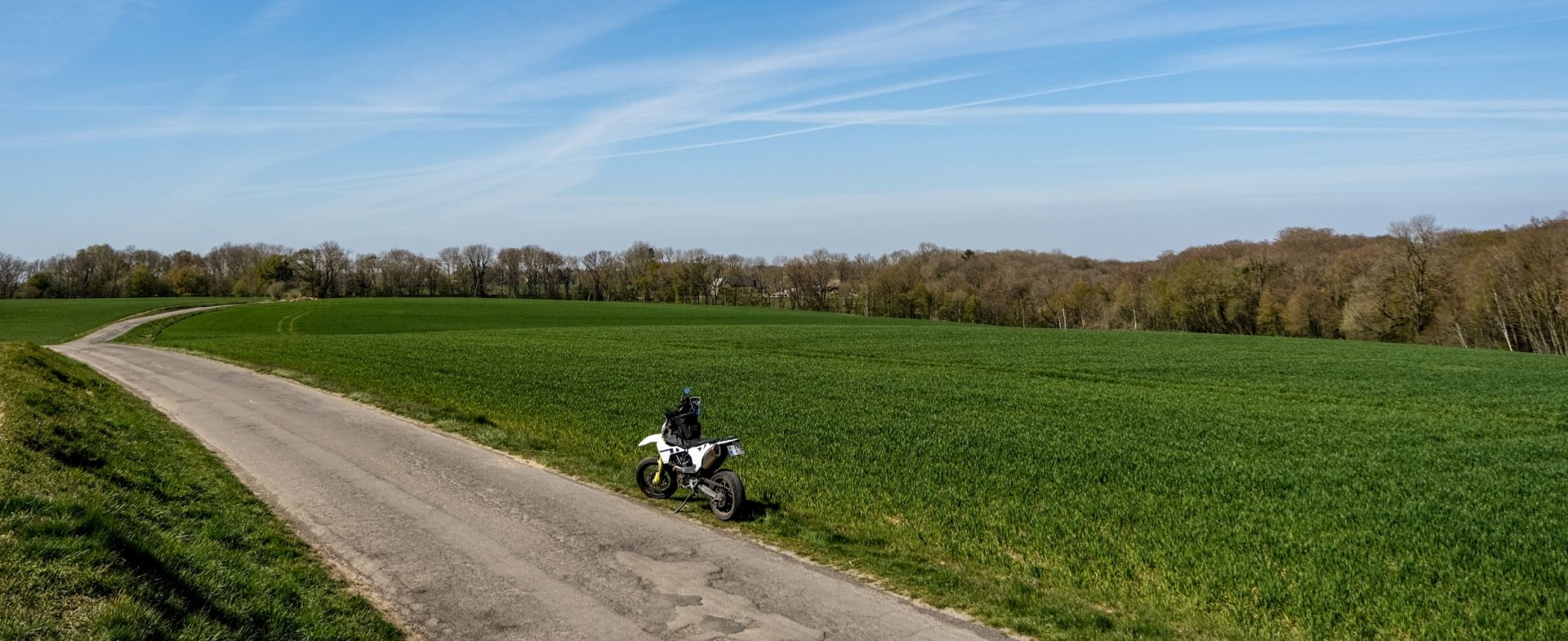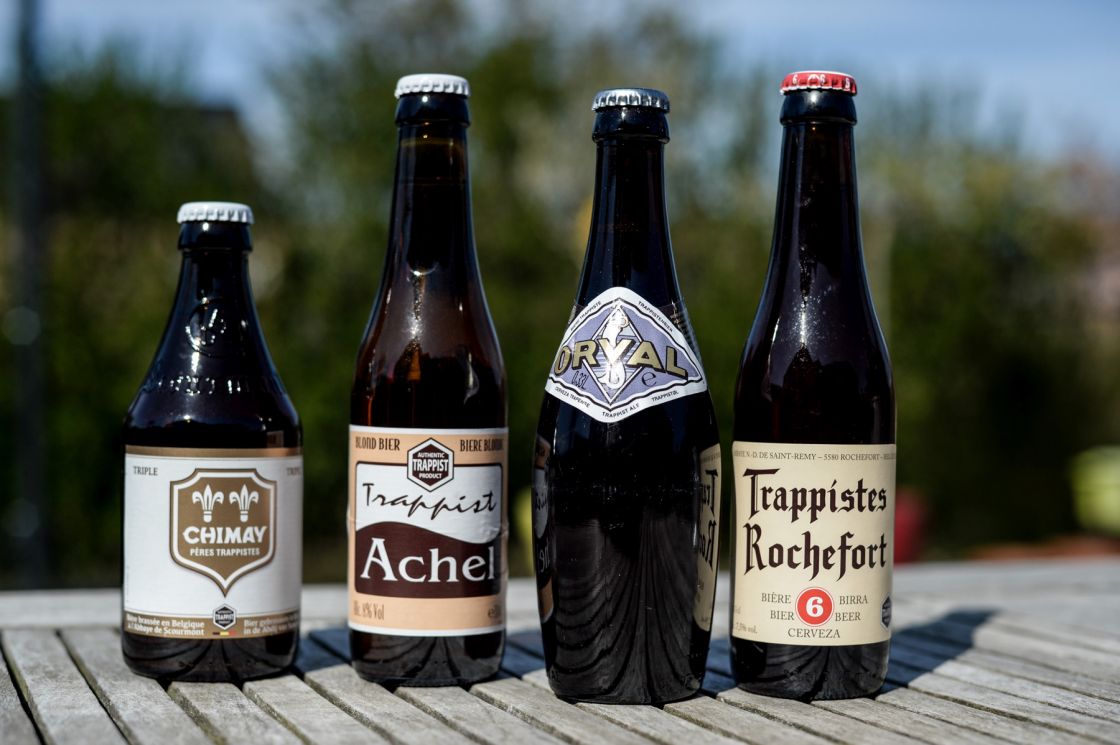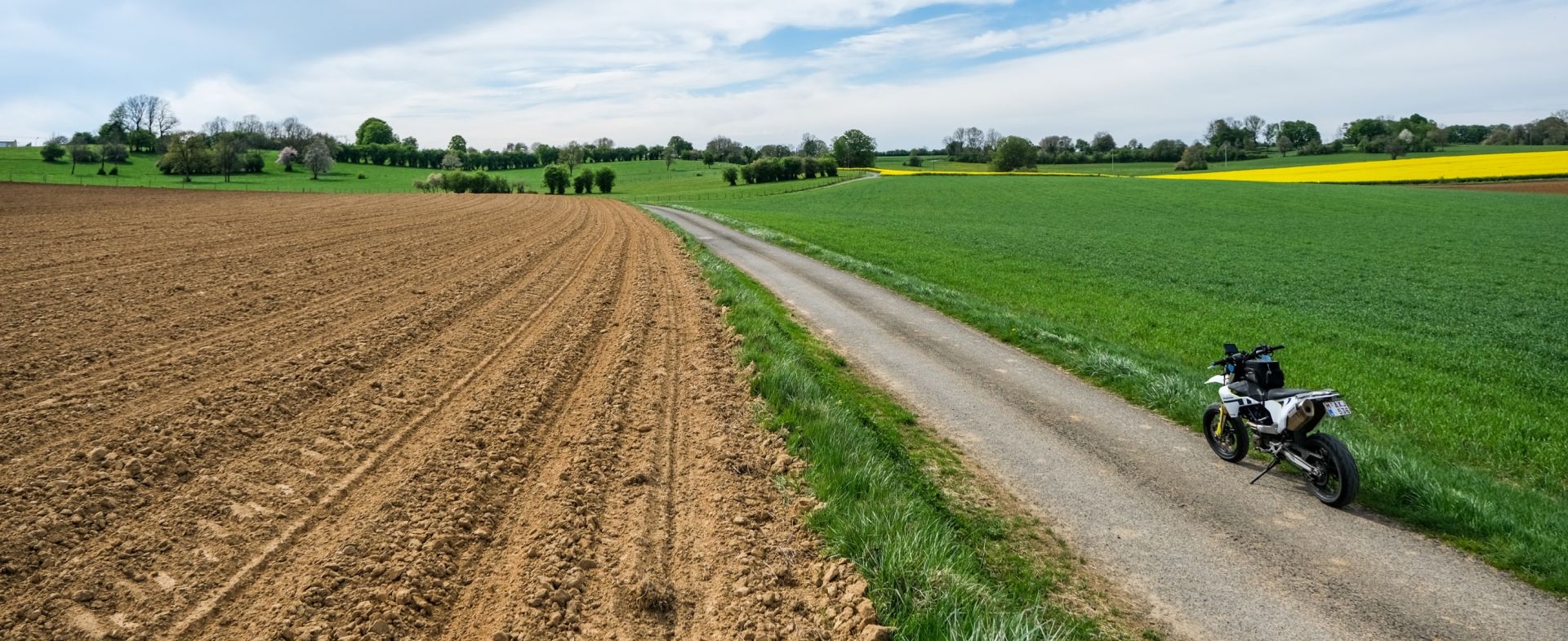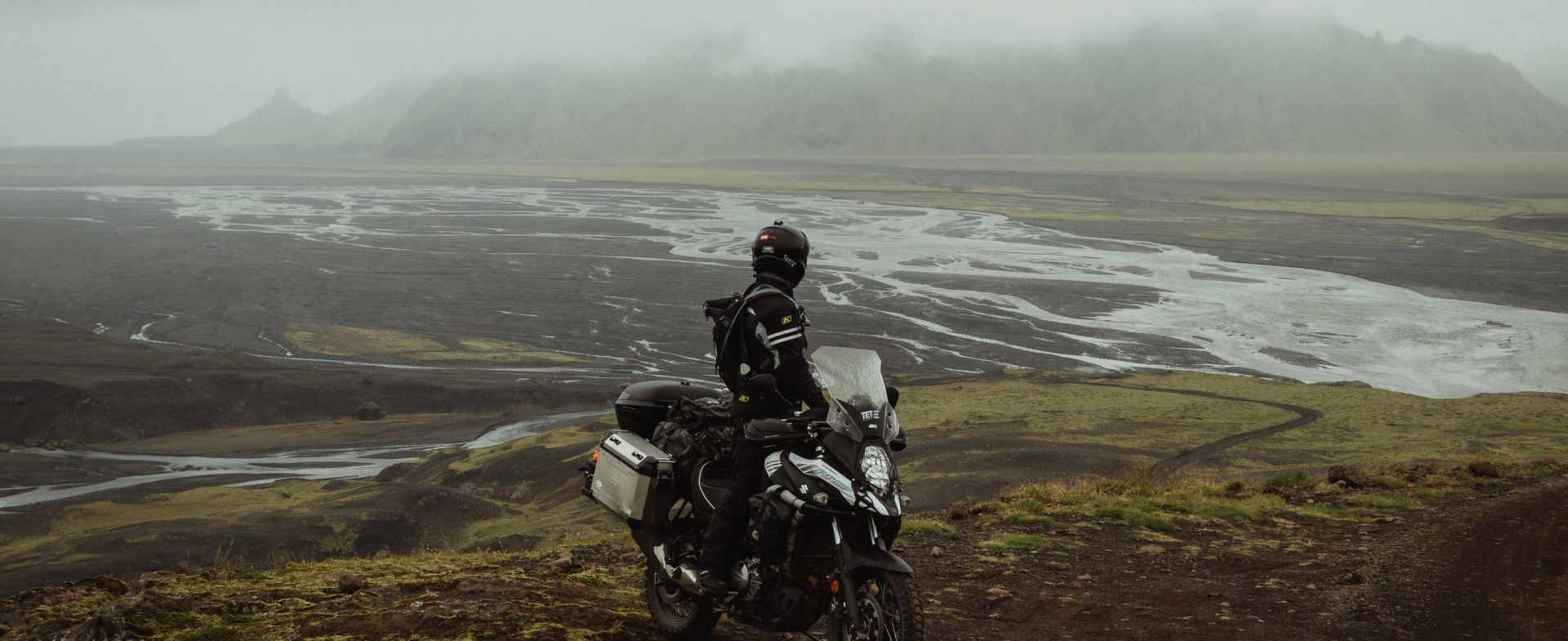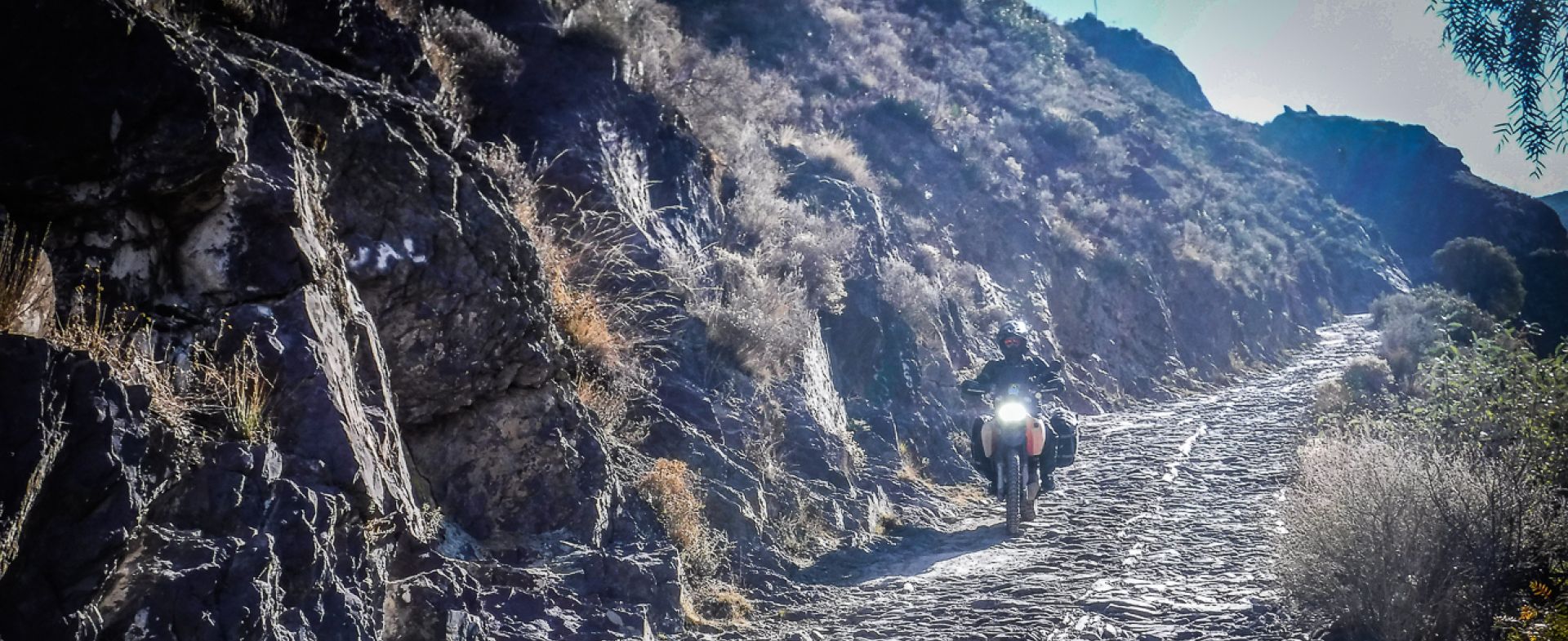According to the rules of the International Trappist Association, the conditions to bear the name "Trappist" and the accompanying logo "Authentic Trappist Product" are the following:
1. The product must be produced within the walls of the abbey.
2. The product must be produced by or under the supervision of the monastic community and its exploitation must be subordinate to the monastery.
3. The proceeds are to be used for the livelihood of the monks and for the maintenance of the monastery. Whatever is left should be spent on social works and charities.
There are twelve Trappist breweries worldwide: six in Belgium, two in the Netherlands, one in Austria, one in the United States, one in Italy and one in England.
The six Trappist monasteries in Belgium are:
Achel - Trappist beer, brewed in the home brewery of the Achelse Kluis
Chimay - Produced in Scourmont Abbey.
Rochefort - Top fermentation beer made by Notre Dame de Saint-Remy Abbey in Rochefort.
Westmalle - Westmalle Tripel, Dubbel and Extra Trappist
Westvleteren - Westvleteren available in the variants' Blond ', 8' and '12'.
Orval - Orval-Trappist, by Orval Abbey
